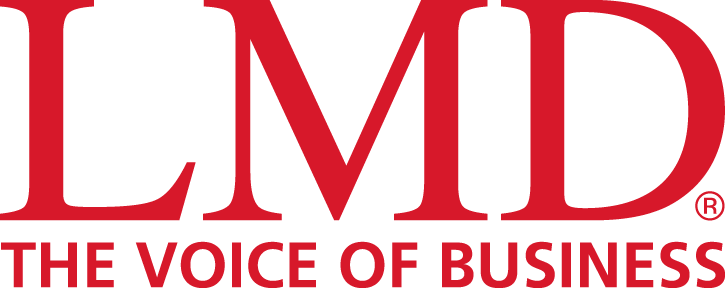BOARD EVALUATIONS

ASSESSING THE TOP BRASS
Dr. Muneer Muhamed and Ralph Ward present governance checklist
The need to evaluate board directors in public corporations is often discussed. However, it wasn’t widely practised until regulators or stock exchanges mandated it. Even today, many board evaluations remain a mere formality – the process lacks transparency and stakeholders aren’t sure whether these assessments truly drive change or merely fulfil a compliance requirement.
But how about private enterprises that form the backbone of most economies? These include closely-held businesses, family owned enterprises and venture funded startups. Though board evaluations are far less common for such entities, their importance is notable.
In fact, in the absence of regulatory compulsion, evaluating board performance can serve as a key differentiator. And evaluation brings substantial benefits.
These include strengthening corporate governance by ensuring adherence to ethical and regulatory standards; identifying performance gaps; enabling improvements in strategic decision making and oversight; enhancing operational efficiency and transparency to foster confidence among shareholders and investors; and ensuring that the composition and performance of the board aligns with the company’s long-term vision and objectives.
In Sri Lanka, companies such as John Keells Holdings (JKH) and MAS have increasingly focussed on structured governance mechanisms to ensure board effectiveness through periodic self-assessments and external reviews.
Some family owned businesses in the tea and apparel industries have also recognised the need for formal board evaluations, to maintain continuity and strategic direction.
There’s a global trend among private businesses to embrace board evaluations proactively. Companies that assess their leadership structures gain better insights into their governance strengths and weaknesses, and help them optimise decision-making processes.
Global consultants who assess private company boards say that the number is edging upwards, usually driven by factors that are unique to the company. In family or closely-held firms, a major crisis (such as the death of the founder and his or her succession) prods those in power to take a look at the overall company structure including its governance.
Adding outside independent directors to the board is also a strong catalyst for evaluation. Growing family businesses need to attract good independent directors to the mix to ensure that the owners are obtaining outside perspectives. Evaluations impress these independent directors on the way in and are good governance measures, which they then tend to encourage.
This impact also manifests with venture funded company boards, which are usually more strategic. Assessing a venture’s governance is crucial in growing the board beyond the founder and first round investor stage.
Before sourcing new outside investors, businesses need to assess their talent needs. Founders and funders are on the board because of ownership but smart venture funded enterprises seek outside board talent after making a wish list.
Board evaluation mechanisms for private companies are similar to public enterprises but less formal. Outside facilitators will be valuable to help begin the process, and they can resolve any conflicting interests on the current board, and assure good paperwork and objectivity. An external facilitator will also keep evaluation on track.
Don’t simply set an evaluation goal of who (with what talents) you need to add to the board. Insiders may need a gentle nudge to let them know that they are underperforming even if the company structure means they aren’t going anywhere.
Venture capital partners on the board of directors may be too distracted and someone from the fund may have a skills set that’s more appropriate. Assessing board meeting information, agendas, minutes, procedures and so on can quietly remind the group that much of their contribution has been slapdash work so far.
Some of these best practices may help other enterprises in their evaluation process.
These include encouraging directors to participate in regular self-assessments to evaluate their performance and contributions; periodically engaging external experts to conduct independent board evaluations and provide unbiased insights; benchmarking board performance against industry best practices and corporate governance standards; evaluating board diversity to ensure varied perspectives; and assessing the effectiveness of board committees in fulfilling their mandates.
Businesses should also seek input from key stakeholders such as shareholders, employees and customers to evaluate board performance; evaluate the board’s role in risk management including oversight of risk identification and mitigation strategies; promote ongoing education and training for board members to enhance their skills and knowledge; and evaluate the board’s effectiveness in succession planning for key leadership positions.
Seek input from key stakeholders






